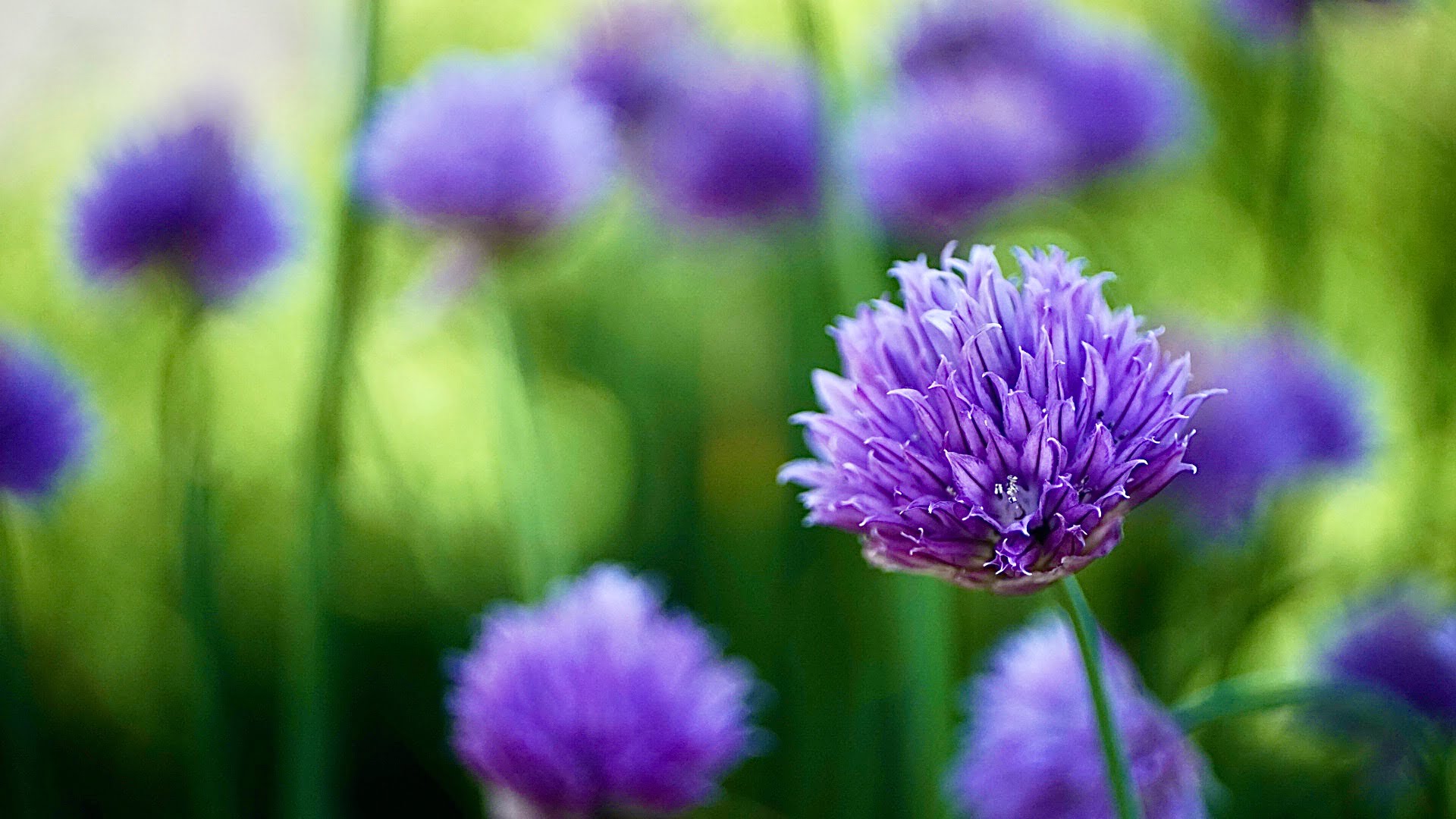At the end of a talk I gave the other day about gardening with medicinal plants, a lovely woman came up to me afterward to ask about books.
If I could only have one herb book after the apocalypse/revolution/peak oil, etc., she asked, which book would it be?
Book geek that I am, of course I couldn’t pick just one. I cheated by recommending the new two-volume set, Earthwise Herbal, by Minnesota herbalist Matthew Wood.
Luckily (or not, depending on your perspective), the apocalypse/revolution/peak oil is not yet here, enabling bibliophiles to stock up now. Here are my top recommendations to begin or continue building your library.
1. The Earthwise Herbal
As mentioned above, my favorite herbal these days is the two-volume set published by Minnesota herbalist Matthew Wood in 2009. The first volume, The Earthwise Herbal: A Complete Guide to Old World Medicinal Plants, focuses primarily on the European plants that make up the bulk of the modern herbal toolbox, and which are often cultivated on purpose or as weeds in people’s gardens. The second volume, The Earthwise Herbal: A Complete Guide to New World Medicinal Plants, considers herbal contributions from the Americas.
One of the unique things about these books is that in addition to offering information about specific herbs, Wood offers a survey of historical systems used to categorize and prescribe them. So he explains systems ranging from the four element system of the Greeks and the five element system of the Chinese to they physiomedicalist tradition and southern blood typology of more modern America. This adds huge depth to his encyclopedic offering, making it a rich set to go through repeatedly over time.
2. Anything by Michael Moore, the herbalist
If you live anywhere in or near the Western US — and, frankly, even if you don’t — you must own any book you can get your hands on by herbalist Michael Moore,. His writing is as opinionated and funny as the film director, though with a different life focus. His three main books
Medicinal Plants of the Pacific West, Medicinal Plants of the Desert and Canyon West and Medicinal Plants of the Mountain West cover different bioregions, but it’s worthwhile to own all three because of species overlap between the regions.
During his prolific life, Moore digitized much of his own work and that of his predecessors in herbal medicine, and a great repository is available for free online. His school, Southwest School of Botanical Medicine in Bisbee, Ariz., continues to offer distance learning classes via DVDs.
3. Herbal Medicine From the Heart of the Earth
Another of my favorite resources is Herbal Medicine From the Heart of the Earth by naturopath Dr. Sharol Tilgner. The first half of the book is a materia medica listing many commonly used medicinal plants. The second half offers detailed recipes for specific ailments.
Tilgner also offers a great public service by putting her materia medica online for free, listed by Latin and common names. While this won’t help you when the power goes out, it does make an excellent free reference in the meantime. Tilgner also hosts classes and a summer weekend conference on her land in Pleasant Hill, Oregon.
4. Two for beginners
As beginning texts, The Herb Book by John Lust and The Way of Herbs by Michael Tierra cover a lot of ground within their small covers. Both are commonly available used, give basic information about a large number of herbs, and include information about making medicine from the plants.
Getting growing
But all the herb books in the world won’t do any good if you can’t get them to grow — a critical skill come the apocalypse/revolution/peak oil. My top two books on getting things to grow have been the same for years. And while these aren’t specifically about growing herbs, this is great general information for anyone growing any kinds of plants.
Start with Steve Solomon’s Gardening When It Counts: Growing Food in Hard Times. The book takes you through everything you need to know now, including how to choose seeds, how to feed your soil, favorite tools, bugs and diseases, and growing specific food plants. This is gardening 101.
The next step is putting a garden together in the most functional possible way. To my mind, that means Permaculture — defined by one of its creators as “the conscious design and maintenance of agriculturally productive ecosystems which have the diversity, stability, and resilience of natural ecosystems.”
The most practical and accessible Permaculture introduction I’ve seen is Toby Hemenway’s book Gaia’s Garden: A Guide to Home-Scale Permaculture. Toby, the first person I ever spoke with about Permaculture, does a great job of explaining issues clearly and offering great ideas that instantly make sense.
Another great introduction to both permaculture and its huge potential for social change is Food Not Lawns: How to Turn Your Yard Into a Garden and Your Neighborhood Into a Community by H. C. Flores. Flores offers great and practical suggestions for making do with what’s readily available, keeping an eye to politics and maintaining optimism.
Two of the best books specifically about growing and using medicinal plants are self published by Richo Cech of Horizon Herbs — itself a phenomenal resource for medicinal plant seeds and starts. Check out his classic Making Plant Medicine and The Medicinal Herb Grower.
If that’s not enough to get you started, online information abounds. Find my favorite books listed here.




